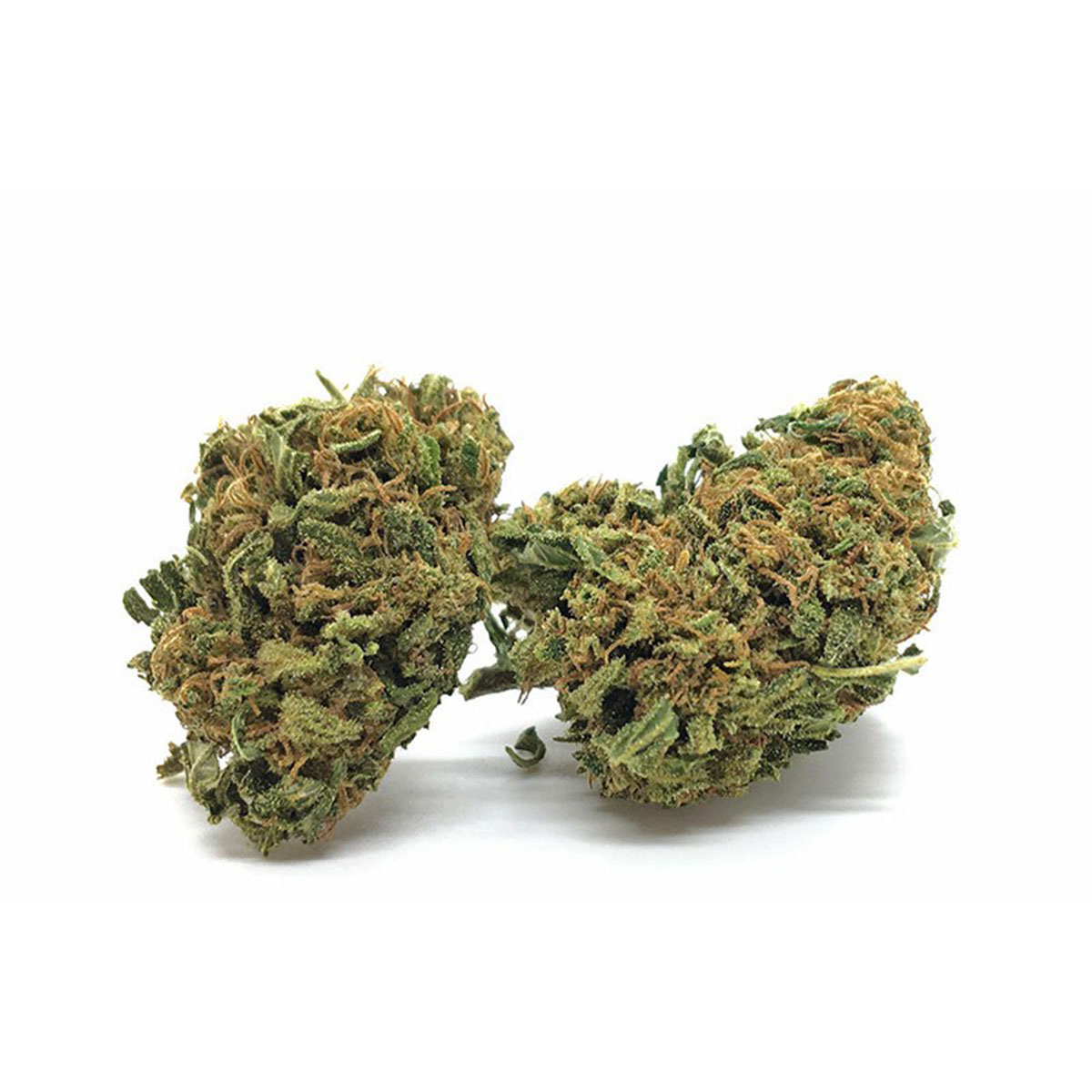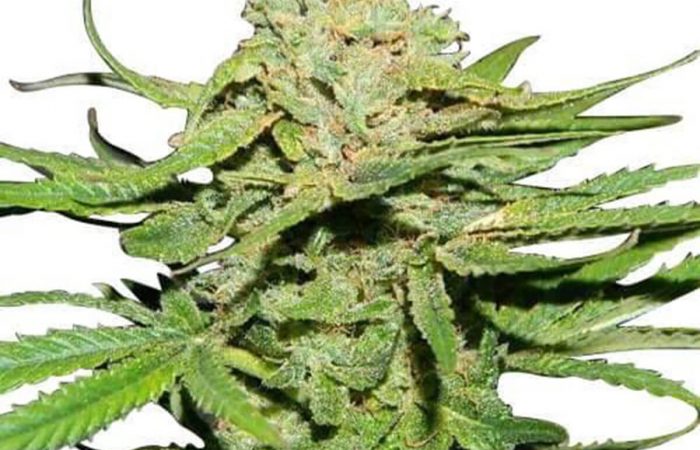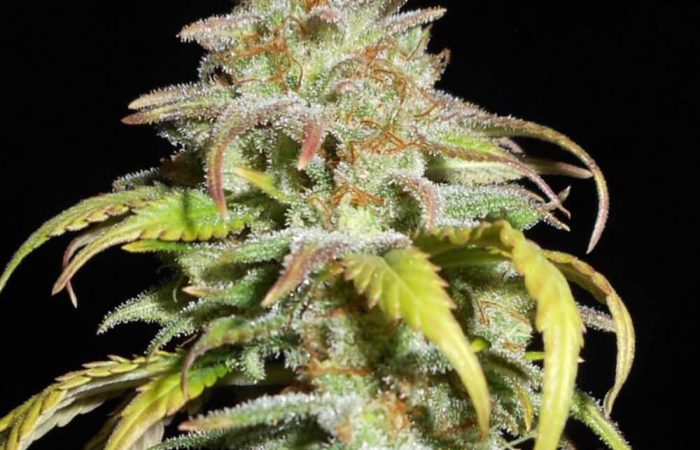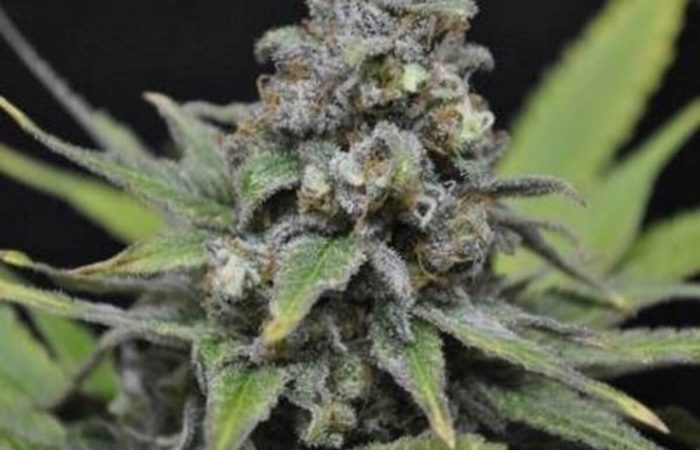Like most Sativa-dominant cultivars, Moby Dick CBD matures as plants with vigorous vertical and horizontal growth. That said, make sure that your grow room has ample space as its branches exhibit ample internodal spacing. This trait could be a problem for indoor growers with limited space but is ultimately beneficial for the plant as it allows light to penetrate it more easily, leading to faster growth. On the other hand, if you opt to grow outdoors for more space, be warned that this cultivar’s intense aroma and conspicuous size could draw your nosy neighbors’ attention.
One of the most adored characteristics of Moby Dick—whether it’s a high CBD variant, an Auto, or a Purple—is that it’s always a monster yielder that never disappoints.When grown in ideal growing conditions and with the right amount of TLC, it can produce up to 650 grams of dense, resin-laden buds per square meter planted (indoors). Outdoors, you can harvest up to 900 grams of top-quality buds per plant, given that they are planted in a sunny area with a warm, temperate climate. It is then recommended to plant it outdoors during the hottest months of the year—between March and October in the northern hemisphere and between September and April in the southern hemisphere.
Another quality that makes Moby Dick CBD popular among cannabis cultivators is its ease of growth. Even beginners could successfully yield bountiful crops from this plant without exerting much effort in maintenance as it is already extremely vigorous and impervious to pests and pathogens. Her Sativa nature and the ample spacing between its nodes also make it naturally resistant to moisture accumulation and molds and fungi such as botrytis.
With regards to the ideal nutrient appropriation, take note that Moby Dick CBD has quite a big appetite, so it would require above-average doses of fertilizer. However, before you increase the doses, be sure to closely examine every individual plant and then decide whether it really needs more fertilizer to avoid overfeeding it.
When it comes to the pot size, the most suitable one is between 7 and 10 liters to ensure that the roots have plenty of space to grow. Also, pay close attention to the pH and electrical conductivity levels. Finally, cultivators should take the time to thoroughly flush the plants of all nutrients and additives in the weeks prior to harvest, especially if the buds are intended for medicinal use.





